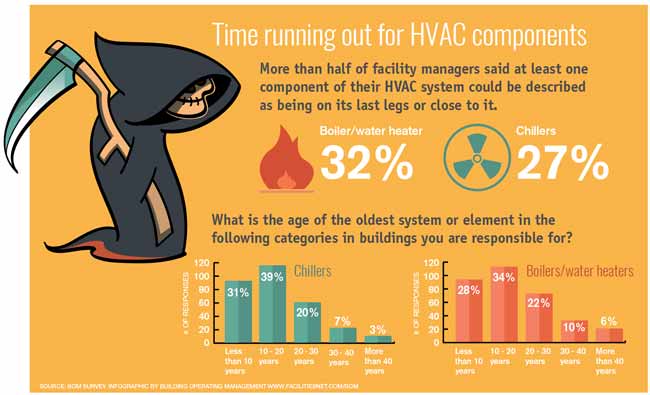The Future Of Home Home Heating - How Heat Pump Innovation Is Advancing
The Future Of Home Home Heating - How Heat Pump Innovation Is Advancing
Blog Article
Personnel Author-Dawson Dominguez
Heatpump will certainly be an essential modern technology for decarbonising home heating. In a circumstance consistent with governments' announced energy and environment commitments, their international ability doubles by 2030, while their share in heating rises to one-quarter.
They function best in well-insulated homes and count on power, which can be supplied from a sustainable power grid. Technical developments are making them extra reliable, smarter and more affordable.
Fuel Cells
Heat pumps make use of a compressor, refrigerant, coils and followers to relocate the air and heat in homes and devices. They can be powered by solar energy or power from the grid. They have actually been gaining appeal due to their low cost, peaceful procedure and the capability to produce electrical power throughout peak power need.
Some companies, like IdaTech and BG MicroGen, are dealing with gas cells for home heating. These microgenerators can replace a gas central heating boiler and produce a few of a home's electric requirements with a connection to the electricity grid for the remainder.
But there are reasons to be unconvinced of using hydrogen for home heating, Rosenow says. It would be pricey and inefficient compared to various other innovations, and it would certainly include in carbon discharges.
Smart and Connected Technologies
Smart home technology allows house owners to link and manage their devices remotely with the use of mobile phone apps. For instance, clever thermostats can learn your home heating choices and instantly adapt to maximize energy intake. Smart lights systems can be managed with voice commands and immediately turn off lights when you leave the area, decreasing energy waste. And clever plugs can keep an eye on and handle your electrical usage, enabling you to determine and restrict energy-hungry home appliances.
The tech-savvy home shown in Carina's meeting is a good image of just how owners reconfigure room heating techniques in the light of brand-new smart home modern technologies. have a peek at this site depend on the tools' automated attributes to carry out day-to-day adjustments and regard them as a practical means of conducting their home heating methods. Thus, they see no factor to adapt their methods even more in order to allow flexibility in their home energy demand, and interventions aiming at doing so might deal with resistance from these homes.
Electricity
Given that heating homes accounts for 13% people exhausts, a switch to cleaner options might make a large distinction. But the innovation deals with obstacles: It's pricey and calls for considerable home remodellings. And it's not constantly suitable with renewable resource resources, such as solar and wind.
Up until lately, electric heatpump were also expensive to take on gas models in the majority of markets. However new advancements in style and materials are making them a lot more inexpensive. And better chilly climate performance is allowing them to work well also in subzero temperatures.
The following step in decarbonising heating may be making use of warm networks, which attract warmth from a central source, such as a neighboring river or sea inlet, and distribute it to a network of homes or buildings. That would certainly reduce carbon discharges and enable houses to take advantage of renewable resource, such as environment-friendly power from a grid supplied by renewables. This alternative would be much less expensive than changing to hydrogen, a fossil fuel that requires new framework and would just decrease carbon dioxide emissions by 5 percent if coupled with improved home insulation.
Renewable resource
As electrical power prices drop, we're starting to see the very same pattern in home heating that has actually driven electrical cars into the mainstream-- but at an also quicker speed. The solid climate situation for electrifying homes has been pushed even more by brand-new research.
Renewables represent a considerable share of modern warm intake, but have been provided restricted plan interest around the world contrasted to various other end-use industries-- and even less attention than power has. Partly, this mirrors a mix of customer inertia, split incentives and, in many countries, subsidies for nonrenewable fuel sources.
New innovations can make the shift easier. For instance, heat pumps can be made much more energy effective by replacing old R-22 cooling agents with brand-new ones that don't have the high GWPs of their predecessors. Some professionals additionally envision area systems that draw warmth from a neighboring river or sea inlet, like a Norwegian fjord. The cozy water can after that be made use of for heating and cooling in a community.